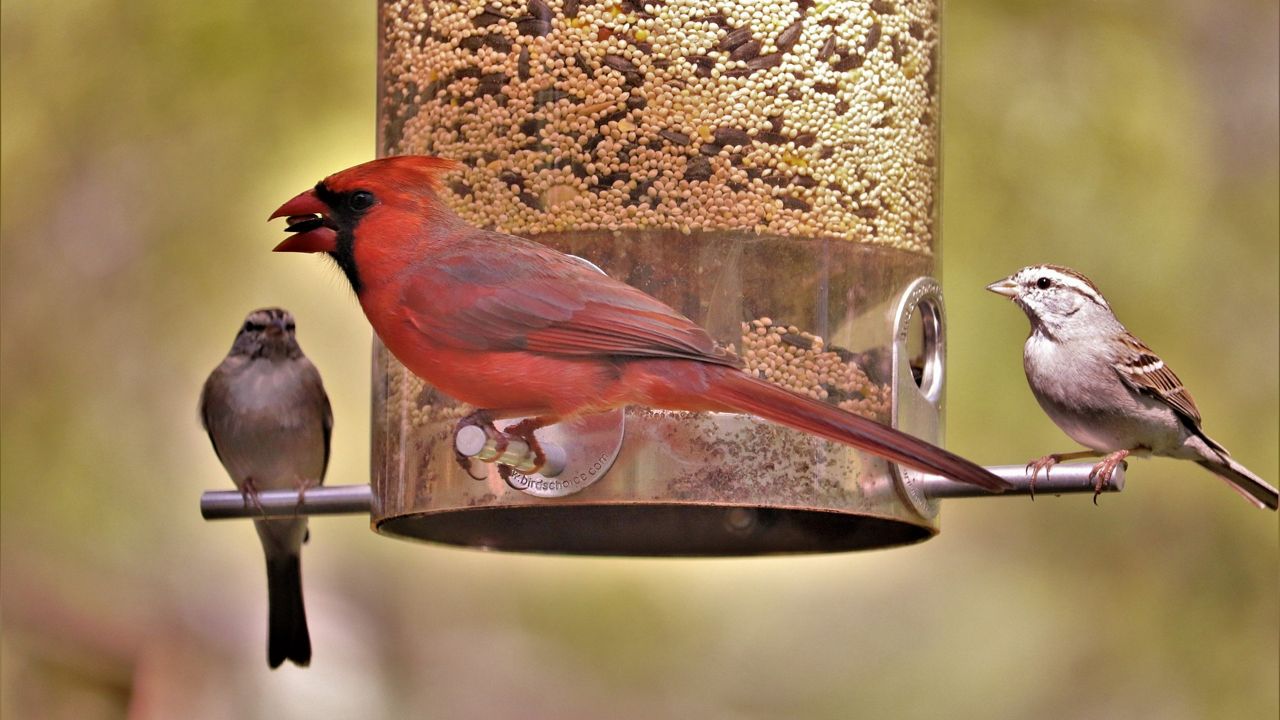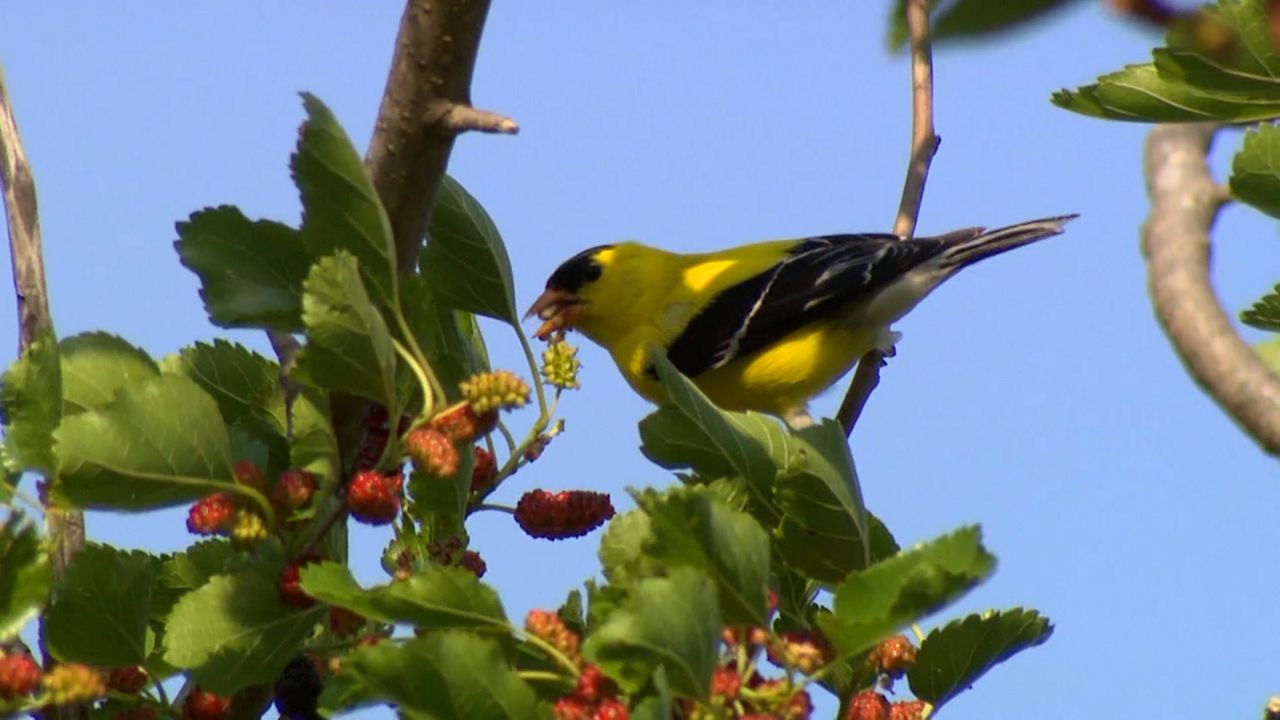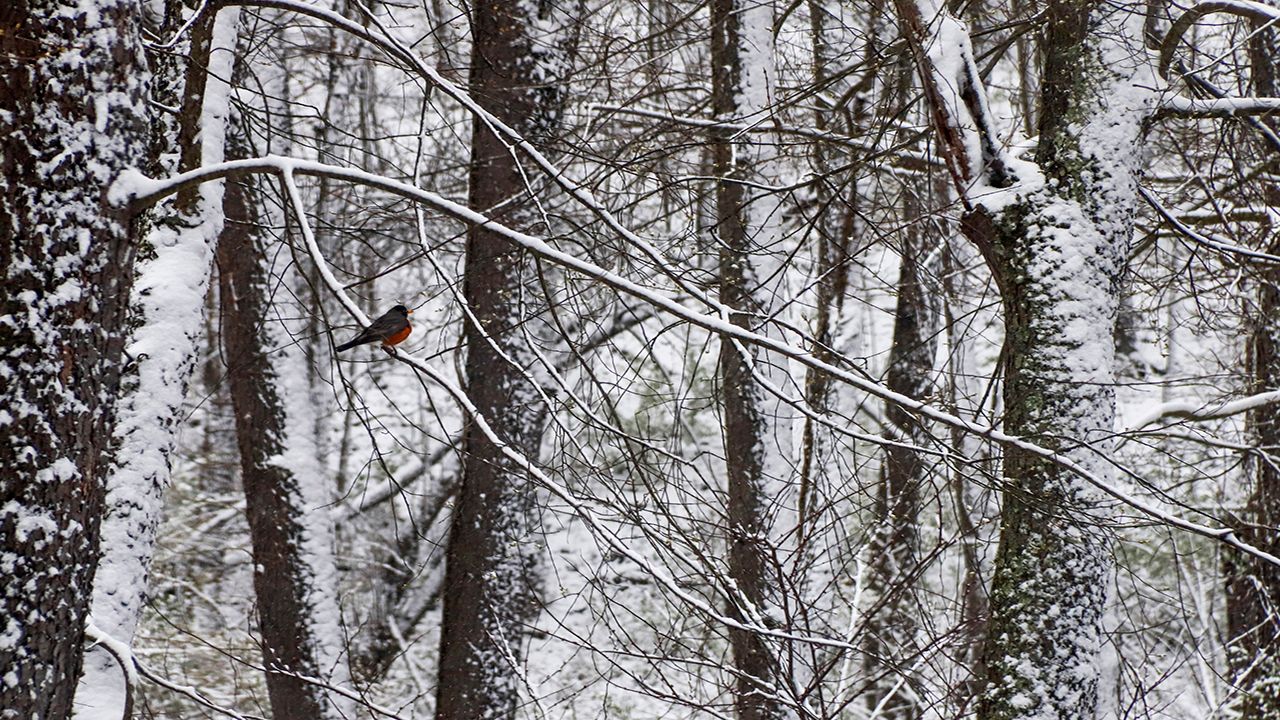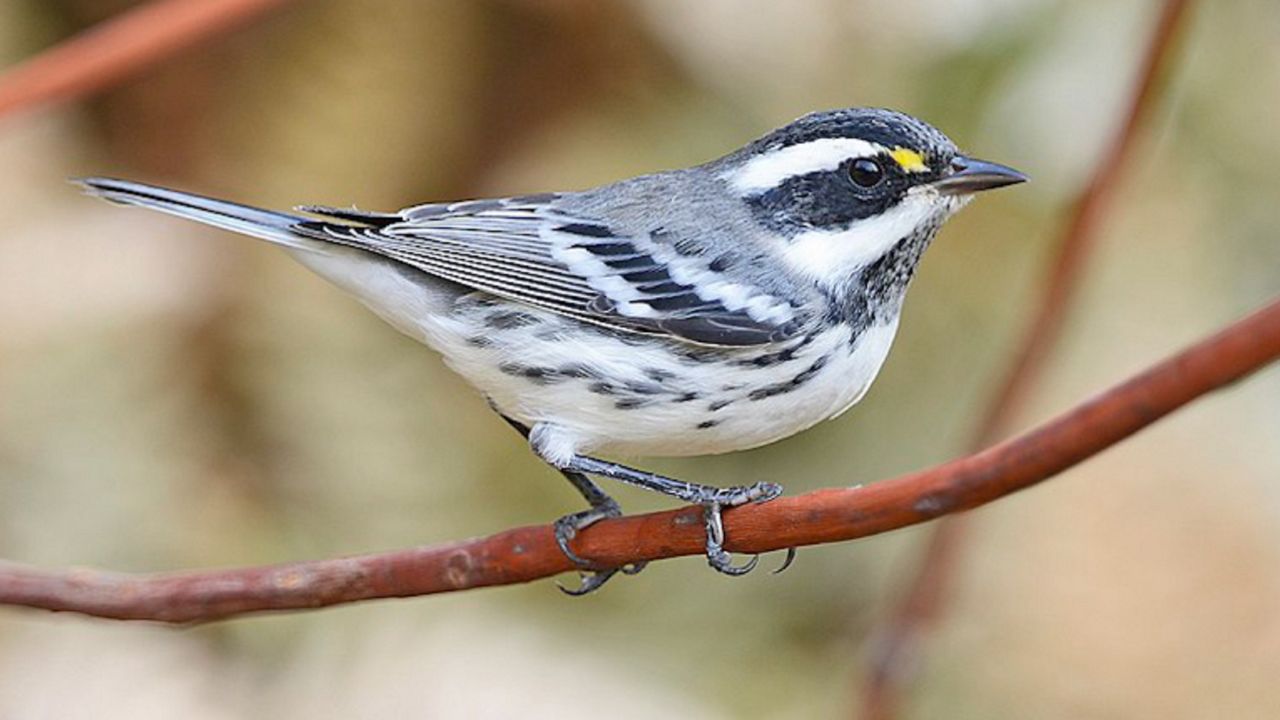You may be surprised to learn that our backyard birds are quite hardy animals when it comes to enduring very hot and very cold conditions.
What You Need To Know
- Not all birds migrate and this puts them in line for exposure to extreme heat or cold
- Birds have unique body processes for thermoregulation that helps them adapt to drastically changing temperatures
- During hot spells, birds use an angular flutter practice to cool off
- Birds survive harsh cold by going into a low-energy state that typically lasts just a few hours
Since it's almost summer, let's explore how extreme heat affects our feathered friends and learn more about how their natural body processes kick in to help them cope with it.
When the weather gets too hot to handle, most birds first tend to move to shady areas for coverage.
When temperatures spike, look at how your backyard birds react and you may observe them panting. Panting or puffing fills up their necks with air, which is called angular flutter. It's this fluttering action that cools their bodies down.

Our songbirds regulate heat balance through their mouths and use moisture found within their bodies. Their rapid breathing brings on evaporative cooling as air is forced over moist throat surfaces. The air movement causes heat loss and drops their body temperature back down into the comfort zone.
You may also see birds open up their wings to let the air circulate across their bodies. While birds do not sweat, they can lose moisture through their skin.
Birds in hotter parts of the country often have lower metabolic rates than cooler-dwelling birds. That produces less body heat, so panting isn’t as necessary for them. For example, shorebirds stand in water to cool down through their legs. On hot days, they'll stand on both feet, as opposed to the single-legged posture they use when it's cold out.
Many shorebirds will take a soak and then return to the nest and shake off wet feathers in order to cool off nestlings.

Other birds, like the stork and turkey vulture, will actually go to the bathroom on their bare legs to cool off.
Birds have a high basal metabolic rate, which means they expend energy quickly and it must be replenished often.
And did you know that birds' bodies naturally run hotter than ours? That's right, the controlled temperature range of birds in North America is 102 to 109 degrees. They strive to remain within this threshold all year round.
Want to help keep our birds healthy and comfortable in our neighborhood? You can do it by providing shady shrubs and some bird baths!
Here are a couple of tips from the experts at the Audubon Society on creating and keeping up beneficial bird baths:
- The water level shouldn’t be too high—only about an inch deep—and the bottom of the birdbath shouldn’t be too slippery.
- Replenish the water once every two or three days. Otherwise, the stagnant water can play host to algae and mosquito larvae, which can carry the West Nile virus as adults.

Most folks believe that the majority of song birds in northern areas this time of the year are snow birds and that they'll head south at the first sign of a chill. This is simply not the case. Many bird species remain and adapt to the harsher cold northern areas, while some others choose to head south.
Extreme temperatures can affect birds in a variety of ways that makes them to find unique behavioral adaptations to survive.
That got me to wondering: How do birds that choose a non-migratory option survive the long, cold months? Unlike other species, they do not hibernate. Wouldn't you know, they breeze into a short-term survival mode known as torpor to conserve energy and heat.
Stick around and come back to the Spectrum News app and we'll explore this incredible aviary topic leading up to the winter months.









